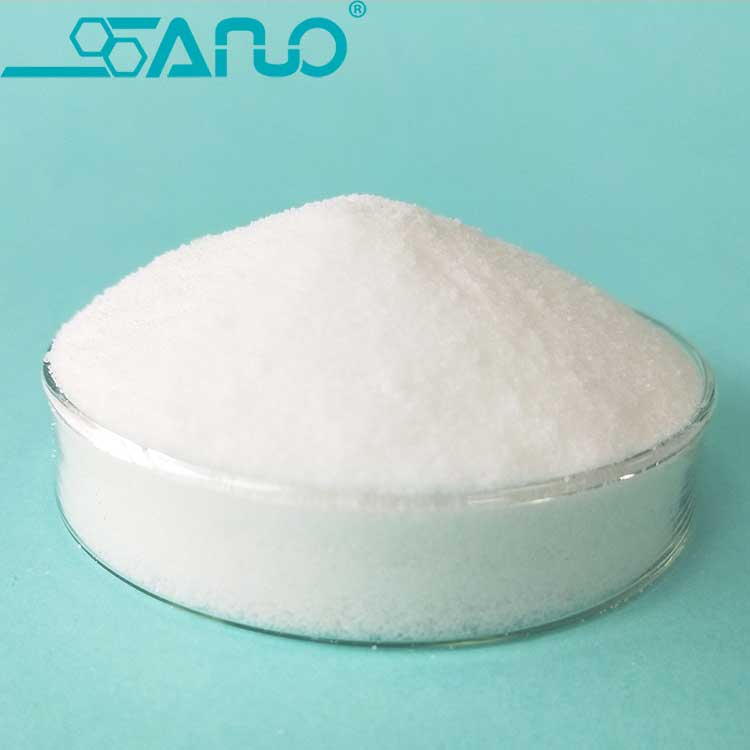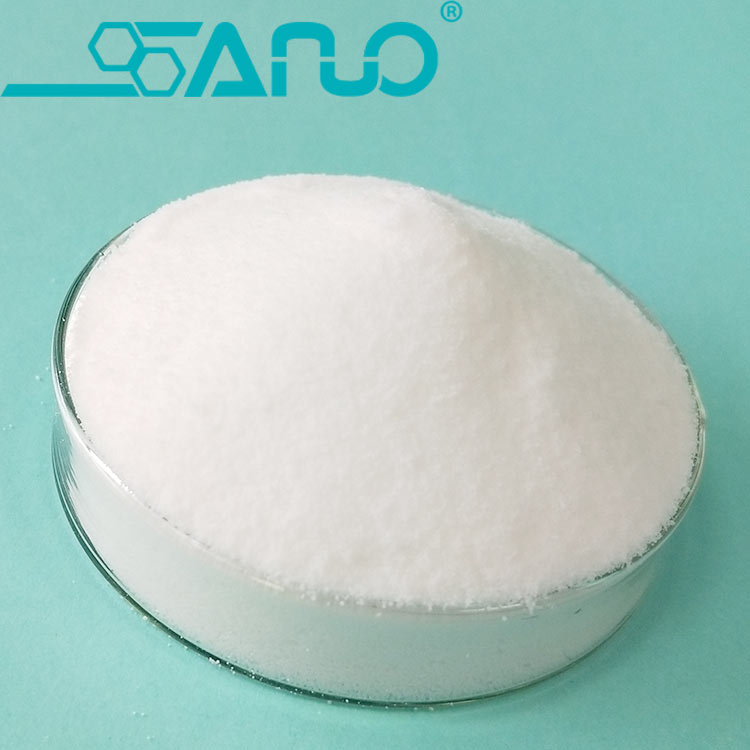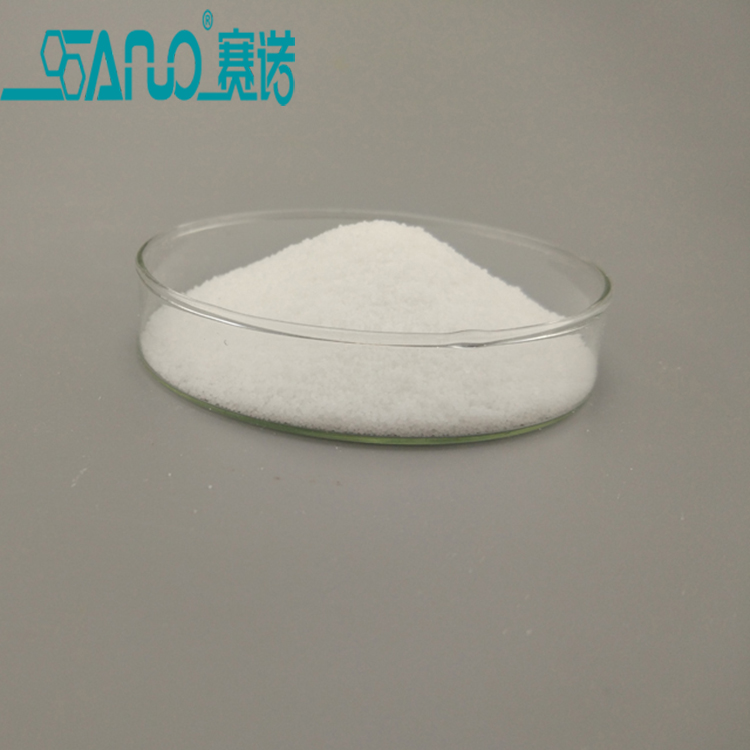Superior Quality, Excellent Service!
Contact us for additional information or to explore partnership opportunities.
In the ancient art of investment casting, polyethylene wax (PE Wax) emerges as a molecular architect that redefines precision. Its unique chain structure orchestrates the delicate balance between fluidity and stability during wax pattern formation—transforming metallurgy into a science of perfection.
1. Thermal Decomposition Symphony
PE Wax’s sharp melting range (100-120°C) ensures rapid liquefaction without premature softening.
Crucially, it decomposes completely above 350°C – leaving zero carbon residue to compromise mold cavity integrity.
2. Rheological Harmony
Branched chains create shear-thinning behavior:
High viscosity at rest → Holds intricate details
Viscosity drops under pressure → Fills micron-scale features
Enables replication of <0.1 mm textures (e.g., turbine blade cooling channels).
3. Synergistic Alloying
Polar groups bind to natural waxes (beeswax/carnauba), while alkyl chains integrate with synthetics:
Eliminates phase separation in blends
Optimizes thermal expansion coefficients to match ceramics

• Paraffin’s Failure
Crystalline grain boundaries cause pattern cracking → PE Wax’s amorphous domains absorb stress.
• Microcrystalline Wax’s Limitation
High residue clogs molds → PE Wax’s clean decomposition ensures cavity purity.
• Stearic Acid’s Compromise
Reacts with binders → PE Wax’s inert hydrocarbon structure prevents chemistry interference.
Theoretical Core:
PE Wax achieves entropy-driven stability – its branched topology maximizes conformational entropy to resist thermal stress.

1. Topology Engineering
Controlled branching density regulates glass transition temperature (Tg):
Low Tg grades: Flexibility for aerospace patterns
High Tg grades: Rigidity for jewelry details
2. Oxidation Gradient Design
Surface carboxyl groups enhance binder adhesion
Core maintains hydrocarbon purity for clean burnout
Jet Turbine Blade Case Study
▸ Challenge: 0.2mm cooling channels collapsed with paraffin
▸ Solution: Sainuo PE WAX 119 (High-branch PE Wax)
▸ Scientific Outcome:
Viscoelastic memory preserved channel integrity
Ash content ≤0.01% eliminated ceramic contamination
▸ Result: Casting yield increased from 76% to 98%

For more details, please consult us! inquiry
Qingdao Sainuo Group. We are manufacturer for PE wax, PP wax, OPE wax, EVA wax, PEMA,EBS,Zinc/Calcium Stearate…. Our products have passed the REACH, ROHS, PAHS, FDA testing.
Sainuo rest assured wax, welcome your inquiry!
E-mail:sales@qdsainuo.com
sales1@qdsainuo.com
sales9@qdsainuo.com
Adress:Biulding No 15,Torch Garden Zhaoshang Wanggu, Torch Road No. 88,Chengyang,Qingdao,China
Copyright © 2025 Qingdao Sainuo Chemical Co., LTD. | All Rights Reserved
Hello, please leave your name and email here before chat online so that we won't miss your message and contact you smoothly.